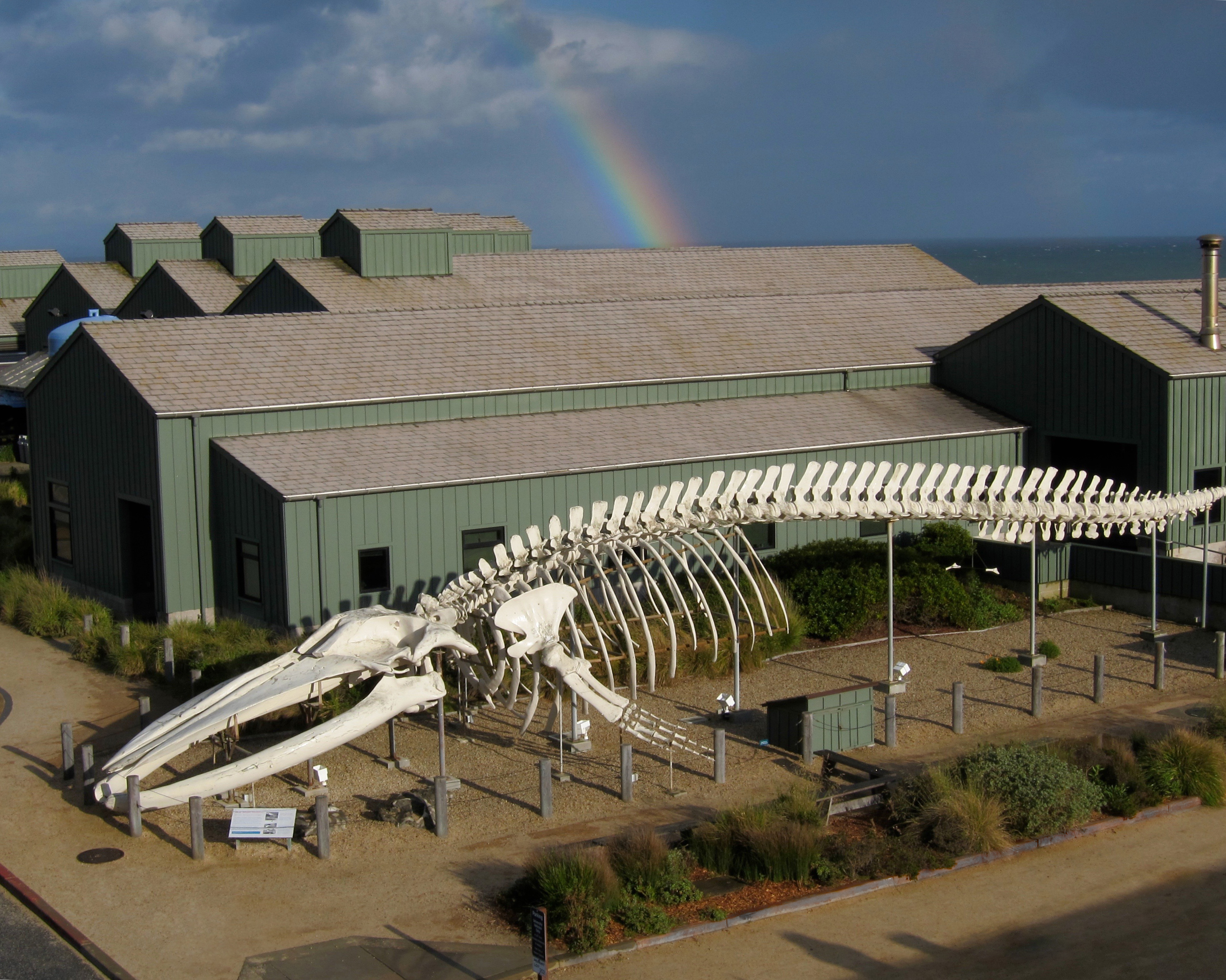A world-renowned skeleton reconstruction expert, a professional structural engineer, and a Long Marine Lab leader who helped mount the bones concur that, after decades of exposure in harsh coastal conditions, the metal structures supporting Ms. Blue have deteriorated to an unsafe condition. Next month, the bones will be lowered to the ground for safe public viewing.
"We’re heartbroken. At the same time, we shudder at the thought of Ms. Blue collapsing unexpectedly. We will not let her fall down on our watch," said Seymour Center executive director Jonathan Hicken.
"Millions of us have precious memories with Ms. Blue. She’s unforgettable. That’s why we wanted to deepen and broaden her impact on the world before the inevitable," Hicken continued.
The Seymour Center team worked with Halon Entertainment–a Hollywood studio that did computer graphics for blockbusters like Star Wars, Avatar, Spiderman, and more–to conduct a 3D scan of Ms. Blue. A high-fidelity scan can be used for scientific study, replication of the skeleton, augmented reality experiences, and more. A generous volunteer docent at the Seymour Center has offered a match for donations up to $17,500 for all support of the digital conservation work for Ms. Blue. Contributions can be made here.
Furthermore, the California Academy of Sciences acquired Ms. Blue’s three hyoid bones (which once supported Ms. Blue’s roughly three ton tongue) for genetic testing and permanent archiving.
The campus is still determining the long-term plan for the bones. Seymour Center plans to engage with the campus and broader Santa Cruz community to decide what happens next and raise the money to do it. Subscribe to Seymour Center’s newsletter to discover ways to share your input. Donors interested in funding the project can contact Seymour Center Deputy Director Lauren Donnelly-Crocker at ldonnell@ucsc.edu.
Celebrating the life and death of a local legend
In 1979, a female blue whale died of unknown causes and washed ashore on Pescadero Beach. The bones were saved by a dedicated group of UC Santa Cruz faculty, students, and staff who saw an opportunity to increase interest in Monterey Bay and marine science.
The bones were mounted to a steel structure in 1985 at Long Marine Lab, part of the UC Santa Cruz Coastal Science Campus. In 2000, the bones were moved adjacent to the Seymour Center. At 87-feet-long, Ms. Blue is one of the world’s longest whale skeletons on display and has been an iconic feature for the campus.
A public celebration for Ms. Blue is scheduled for Sunday, November 5, 10am to 12pm at the Seymour Center.



